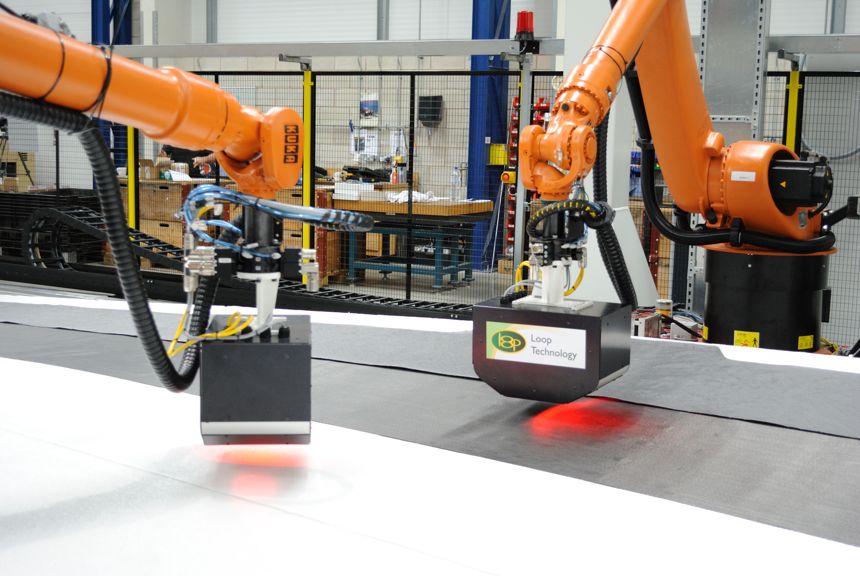






Vision provides adaptability, connectivity and efficiency that you can see for yourself.
Machine Vision components are continuously advancing, new technologies are being developed and new standards adopted; sizes are reducing, speeds are getting faster and algorithms are getting smarter. At Loop Technology, we ensure our knowledge of the industry is completely up to date so that we can draw on components from the world’s best vision system vendors to provide a solution that is tailored uniquely to your application. With careful design we can provide systems that are not only scalable but can take advantage of future technology advances.
Our services range from upgrading existing systems to complete turnkey solutions. In addition to providing static camera heads we can draw on our motion control expertise to provide a fully integrated moving camera platform, suitable for applications where access is restricted or several areas of a component need to be inspected.
Loop technology’s scope of knowledge includes software development, optics, lighting and enclosures to ensure the most appropriate integrated solution. In addition to the supply we also ensure your production team is fully trained and the long term health of the system is safeguarded in our comprehensive system support package.
Robot Guidance

We design bespoke vision systems to guide robots for a wide range of applications, both 2D and 3D, from separate projector and camera systems where the working envelope is confined to a small space, to applications requiring precision with a larger field of view, from pick and place operations to using advanced laser tracker targets such as SMRs to locate mould tools for precision applications such as trimming composite preforms or laser cleaning.
Quality Inspection
Vision Systems can reliably perform 100% inspection at rates that would be impossible for human operators around the clock if required. We can implement systems to gauge components, orient and align assemblies, inspect print or surface quality, and identify faulty or missing elements.

Composite Inspection

Pioneering composite inspection and carbon fibre inspection techniques have become a key competence within Loop Technology’s expertise.
Working within the aerospace sector, we have developed systems to meet stringent quality standards capable of in-process monitoring and positional correction during layup.
If you are interested in talking to us about our Vision Systems solutions, please contact us.
Showcase



















